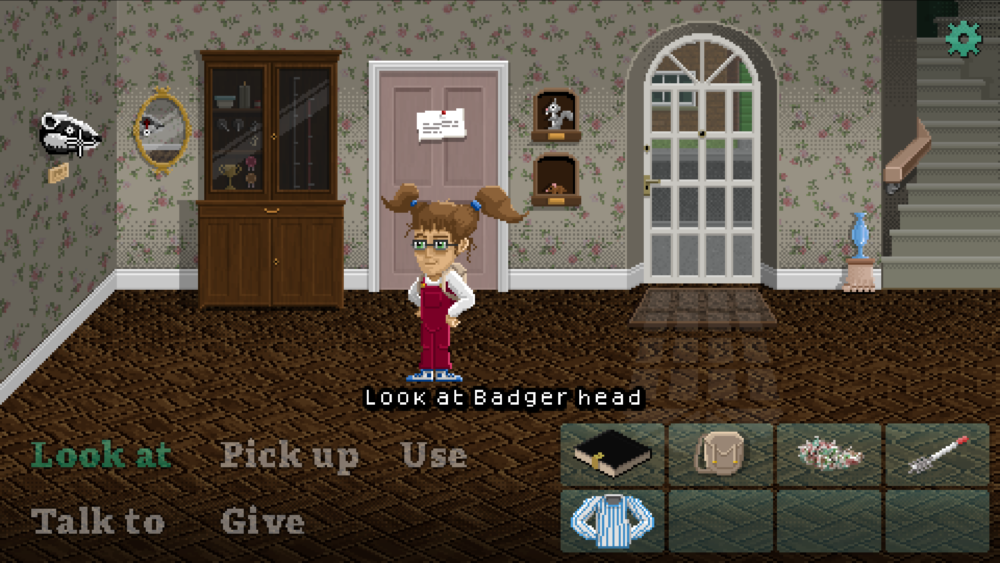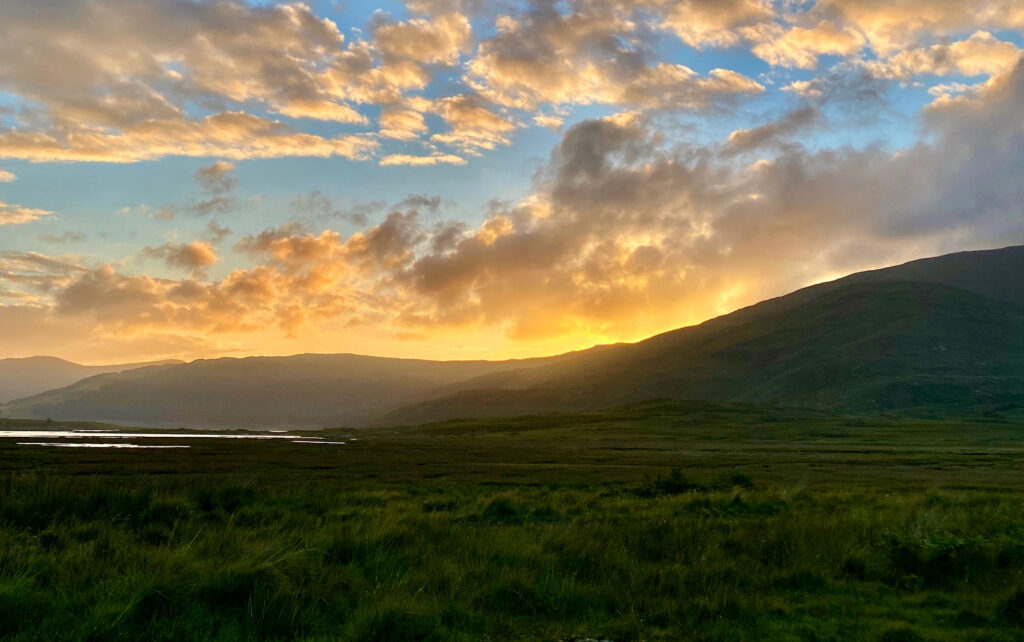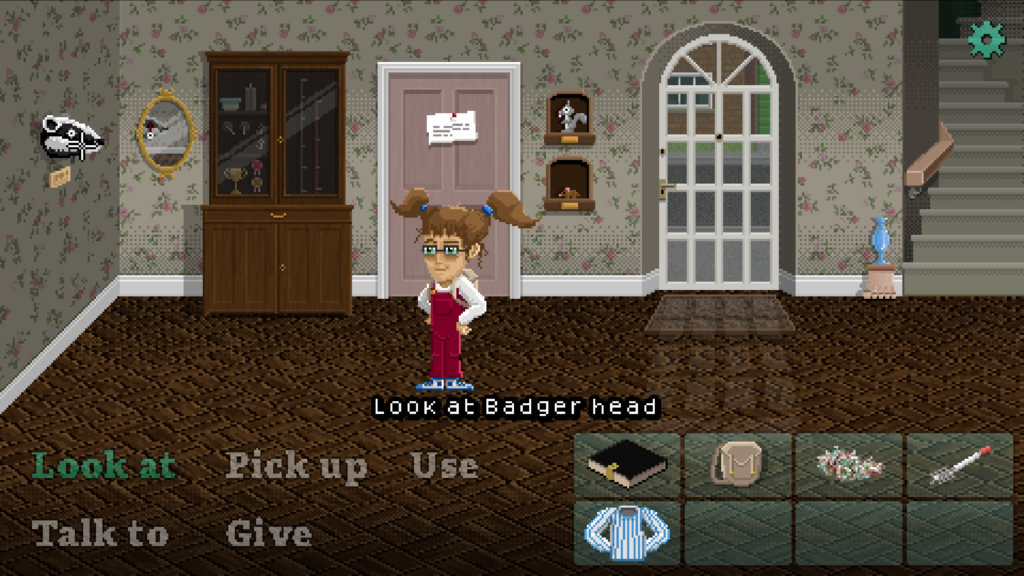Making a game of writing a game

Firstly, apologies for not writing much for a few weeks, I’ve been getting my head down doing some serious nothing after working solidly without a significant break since Christmas.

I wanted to write a little bit about my approach to developing gameplay, characters and enviroments. I’m sure that this will receive a certain amount of head-shaking and tutting from seasoned game developers, but this is how I (currently) go about fleshing out a game, and why I think that having fun with it is so important.
The extent of my planning
Once I have the initial concept for the game, I work out what the ultimate start and end points are, and what narrative milestones I want to hit along the way (i.e. what’s the story that the player will play through?).
These may be specific puzzles, characters or situations that I think are particularly interesting or funny, but once I have that basic skeleton of a game worked out I just jump right in.
A space to play
At this point I get a basic main character design developed so I have a puppet I can use to explore, and then move straight into building the environments/scenes that will make up the character’s world.
I will have a basic list of scenes that are more or less mandatory, but nothing is set in stone at this stage. So what I like to do is take each scene in turn and just have fun start throwing random things into it that come into my head. If they don’t look right I’ll archive them for later or remove them completely, but more often than not they give me ideas for other mini puzzles, dialogue or jokes that I can add to the game to make it richer.
I imagine myself in the scenes themselves and think to myself “What should be in this corner over here?”. Then I may draw a cabinet with some random stuff in it, or a silly ornament on top and my brain will start wondering what’s inside/behind/underneath that object. Is it relevant? Could it be interesting? Could it be another puzzle?
I know this is a quire wasteful approach in terms of time, because it means that my gameplay can start shooting off in different tanjents to the initial game plan, but as I am writing and designing the game as well as developing it, it’s a luxury that I have without too many crippling overheads. Plus the pixel-art style that I prefer to work in is relatively easy to experiment in without the risk of wasting weeks of design time.
Once I have the scenes in a simple state, I put my character into them and start walking around. I have fun clicking on things as if I was playing the game as someone who has never seen it before, and often get frustrated with myself that I didn’t think of certain pieces of interactivity initially “Hey, why can’t I pick up this mug and throw it out of the window?”. or I may find myself wandering around the scenes looking for a particular object “I know I need something sticky, I wonder what it could be, or where it is. Maybe I could squeeze one of these caterpillars.” And this in turn leads to more spin-off puzzles and solutions that I never would have thought of on paper before the environment existed in my head.
Who lives here?
Another (benefit?) of this is that it helps me to understand and develop the characters a bit better. For example whilst designing the upstairs landing scene for Lucy Dreaming, I started putting a load of stuffed animal heads on the walls – I don’t know why, there was probably a badger on the mug on my desk that evening – but this has now spiralled a bit and the character’s mother is now a complete hunting nut with a penchant for killing small, harmless mammals.

At this stage I have no idea how this will affect the later game puzzles, but even if it doesn’t I am enjoying the richness of the character that has evolved from a completely arbitrary starting point.
I love playing point and click adventure games, and this is a process that I thoroughly enjoy going through to create one. It may not be the most efficient or structured way to flesh out a game, but I have a lot of fun doing it, and I think that shows in the end result.
Tom x
Comments
Tall Story Games
Thanks Toby :)
I'm using Visionaire Studio myself.
I had never used it before I started developing this game (previously I had programmed my own primitive game engine in Javascript) but it was rocommended to me by another PnC developer and I honestly can't recommend it highly enough.
It's free to download a limited version which lets you explore most of the features but just won't let you compile the final file and has a limit of the number of scenes you can add. And the Indie single-use license is only €49 anyway.
https://www.visionaire-studio.net/
Let me know how you get on, I'd love to see what you're making too :)
Toby Grimmett
Amazing - thanks for the advice. Will definitely look into it. Will let you know if I have any success.
Back to blog
Toby Grimmett
Thanks Tom. Really enjoyed reading this and getting an insight into how other people design, especially as I'm just starting to look into making my own point and click games. What program do you use out of interest? I've slowly been learning Adventure Creator with unity. Great game art work by the way.